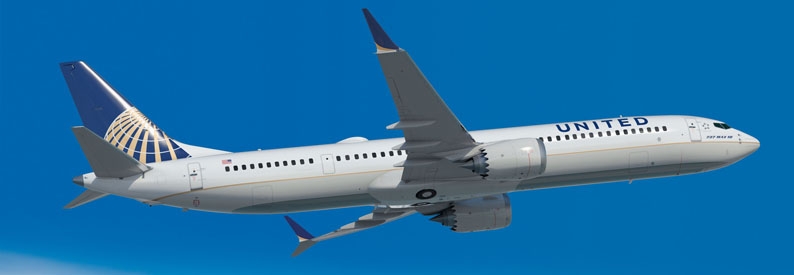United Airlines Offers Dual 2025 Profit Guidance Amid Economic Uncertainty

United Airlines has issued a cautious financial outlook for 2025, warning that its full‑year and second‑quarter earnings could fall below Wall Street’s expectations amid an “impossible to predict” macroeconomic backdrop. In a Securities and Exchange Commission filing on April 15, 2025, the carrier detailed its first‑quarter results and unveiled a novel “bimodal” guidance approach that reflects the growing risk of a U.S. recession.
For the quarter ended March 31, United reported $13.2 billion in revenue, driven by a 0.5 percent year‑over‑year gain in total revenue per available seat mile (TRASM). Pre‑tax earnings reached $478 million, with adjusted pre‑tax results of $391 million. Diluted earnings per share came in at $1.16, while adjusted diluted EPS stood at $0.91, outperforming consensus forecasts.
However, the airline cautioned that its profit forecasts for the months ahead hinge entirely on economic trends that the company deems “impossible to predict this year with any degree of confidence.” Under current labor agreements and profit‑sharing formulas, United expects to deliver between $150 million and $205 million in profit‑sharing payouts during the second quarter of 2025. The associated share‑based compensation expense, which factors into adjusted pre‑tax earnings, is projected at roughly $39 million for the same period.
Looking to the full year, United has laid out two distinct EPS scenarios. Should the economy remain weak but stable, the airline anticipates delivering adjusted earnings of $11.50 to $13.50 per share for 2025, with total capital expenditures staying below $6.5 billion. Conversely, in the event of a recession, analysts can expect EPS of just $7.00 to $9.00, although capex plans would remain unchanged. By explicitly linking its outlook to macroeconomic forecasts, United has abandoned a single guidance figure in favor of a more nuanced, two‑track model.
United’s decision to frame guidance around these divergent economic paths underscores the growing volatility facing the aviation sector. Tariffs imposed by the Trump administration on key trading partners have heightened recession fears and weakened consumer demand for discretionary services such as air travel. Frontier Airlines, citing the same challenges, recently cut its revenue growth forecast, noting a slowdown in bookings for domestic coach seats. United’s warning signals that the industry as a whole may be bracing for slower growth or outright contraction if trade tensions and higher borrowing costs persist.
While global passenger traffic has remained resilient, with premium‑cabin and international bookings showing particular strength, weakness in the main‑cabin domestic market has become more pronounced. United President Brett Hart and CEO Scott Kirby have both highlighted softness in U.S. domestic and Canada‑bound traffic, pushing the carrier to adjust capacity and optimize its network. Nonetheless, the airline is banking on steady demand for premium seats and loyalty‑program revenue to partially offset any downturn in coach travel.
By offering dual guidance, United aims to manage investor expectations and preserve financial flexibility. The company’s approach allows it to plan capex and fleet investments under a range of economic conditions, ensuring that growth initiatives—such as new routes and cabin upgrades—can proceed even if consumer spending weakens. As travel advisers and corporate planners monitor the evolving landscape, United’s bifurcated forecast may become a model for other carriers navigating unprecedented economic uncertainty in 2025.
Related News : https://suspicious-zhukovsky.67-21-117-18.plesk.page/?s=United+Airlines
